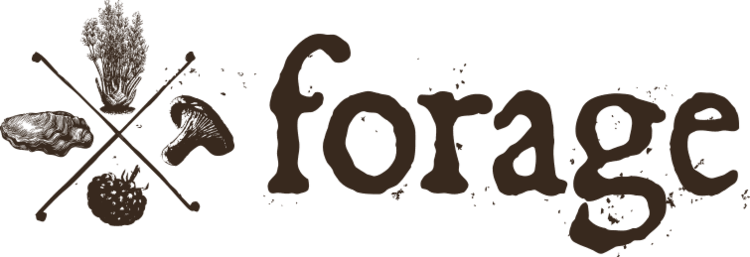A seaside feast: Recipes and foraging tips for Sea Beans
Nutritious, Delicious Sea Beans
Admittedly, sea beans (Salicornia) look very little like actual beans, but these hardy, salt-loving succulent plants should be included in every coastal forager’s diet. Sea beans are also called sea asparagus, samphire greens, glasswort, and pickle weed. Estuaries and bays are a favorite habitat of sea beans and they are an easily recognizable wild plant: they grow about 1 foot high, have no real leaves, just fleshy, segmented stalks, and are a bright green color. They can be foraged in late summer though early fall.
Adding Sea Beans to Your Table
Sea beans have become somewhat common at farmer’s markets in coastal areas, but it’s not hard to forage for them yourself. Identification is quite easy and harvesting a basketful of sea beans can help to perk up your meals for a week. Tasting somewhat like salty asparagus, sea beans can be used raw or cooked to add a distinctive flavor to your dishes. While sea beans have been used in Europe and the Far East for centuries, Americans are now catching on to this ‘new’ vegetable.
Raw sea beans can simply be added to your favorite salad while you’re preparing it, along with the other ingredients. However, there are some delicious ways to cook sea beans as well.
The simplest way to cook sea beans is to simply sauté or steam them. Glasswort can also be cooked just like you would cook spinach, but be sure that you don’t overcook this vegetable as it will lose most of its flavor.
If you want to add some real distinction to your table, there are several recipes that use sea beans that will definitely perk up your palate:
Roast Halibut, Sea Beans, and Clams: This makes 4 servings. Always remember to use sea beans gathered during the summer; by autumn, they are developing interior strings.
· 4 pieces skinless halibut, 1¾ inches thick
· 2 cups sea beans
· 14 to 18 canned clams (keep the liquor)
· ¼ tsp salt, 1/8 tsp black pepper
· 1 tbsp. olive oil
· ¼ cup shallot, chopped finely
· ¼ cup unsalted butter
· 4 tsp lemon juice
Preheat your oven to 450 F.
Add sea beans to 2 quarts of boiling water and cook for 1 minute. Drain, cool in ice water, and then pat dry on paper towels.
Drain the clams, but keep the clam juice.
Dry the fish fillets with paper towels then sprinkle them with the salt and pepper.
Using an ovenproof skillet, brown both sides of the fillets in olive oil in the heated pan. Once both sides are browned, slide the skillet into the oven and let the fish roast for about 10 minutes.
While the fish is in the oven, sauté the shallots in the butter until they are just soft. Put in the clam juice and lemon juice and bring to a gentle, simmering boil. Now add the clams, cover the skillet, and cook for another 2 minutes over a low/moderate heat. Remove from heat.
Arrange the halibut fillets on plates and surround them with sea beans, clams, and sautéed shallots.
Enjoy.
Sea Bean Side Dish: Sea beans gathered or purchased during summer and early fall, will be much more palatable than those from later in the year – as the year wears on, sea beans will become fiberous as they begin to flower. When the tips become red you’ll know sea beans are beginning to flower and go out of season. Although still edible, they wont be as good.
· 2 to 3 cups of fresh sea beans, cut or broken into pieces
· 1 to 2 cloves of garlic, chopped
· 3 to 4 tbsp. of butter
Melt the butter in your skillet over a medium-high heat, taking care not to burn the butter.
Add the sea beans, stirring constantly, and then the chopped garlic.
Sauté the sea beans and garlic until they become tender then remove the skillet from the heat.
Serve as a side dish with your favorite ocean fish.
Sea Beans Are Good for You
In addition to tasting good, sea beans also provide quite a few nutritional benefits and supply the following:
· Vitamin A
· B Vitamins
· Vitamin C
· Iron
· Calcium
· Iodine
· Bioflavonoids
Using sea beans in your cooking will not only add a new dimension to the flavor of your meals, but will also provide you with a number of healthy benefits.
